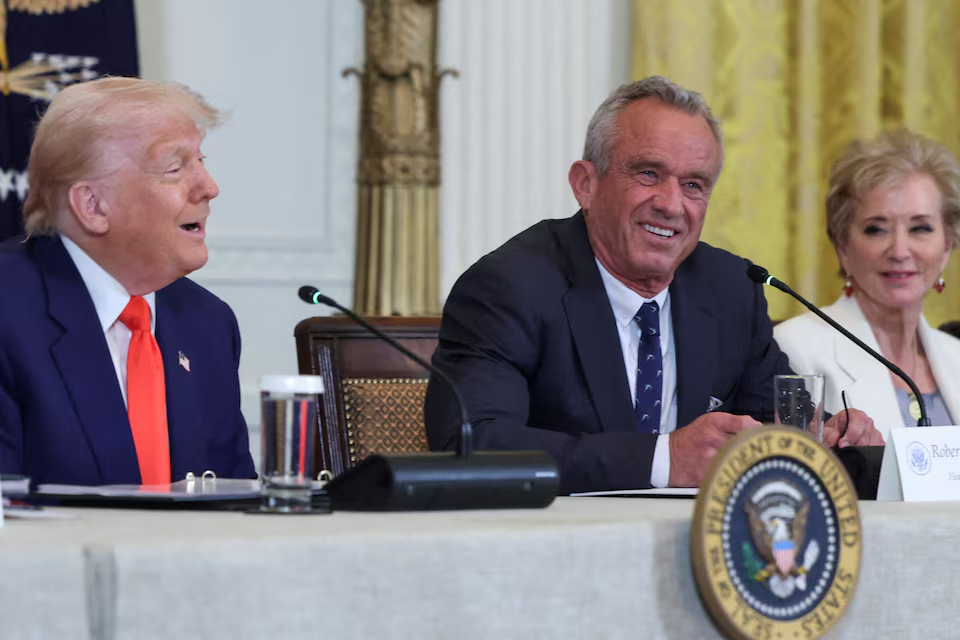Americans Show Cautious Optimism in July as Consumer Confidence Rises Slightly Amid Labor Market Worries
- Jul 29
- 3 min read
29 July 2025

In July 2025 U.S. consumer confidence edged upward even as anxiety about job availability lingered making for a measured and nuanced tone across households nationwide. According to the Conference Board’s latest update the index climbed by two points to 97.2 exceeding economists’ expectations of 95.0 and reflecting a modest rebound following a series of declines earlier in the year. Stephanie Guichard the Board’s senior economist noted that although pessimism about the economic future receded slightly overall confidence improved only incrementally.
The consumer outlook indicators revealed a divided picture. The Expectations Index which tracks short‑term forecasts for income business conditions and labor markets rose 4.5 points to 74.4 suggesting growing optimism among Americans about tomorrow. Yet the Present Situation Index dropped 1.5 points to 131.5 signaling that current conditions remain under pressure. Importantly the Expectations reading remains below the widely watched recession threshold of 80 for the sixth month in a row indicating continued caution.
Labor market sentiment dragged on consumer morale. For the seventh consecutive month perceptions of job availability fell reaching the lowest observed levels since March 2021. In July 18.9 percent of respondents described jobs as hard to obtain up from around 14.5 percent in January reflecting growing anxiety even as headline hiring data remains steady. Analysts say this sustained decline suggests weakening labor dynamics layering uncertainty into household planning and spending.
Inflation fears meanwhile softened slightly. The average 12‑month inflation outlook among respondents dipped to 5.8 percent down from 7 percent in April and 5.9 percent in June. While still elevated this retreat offers some relief and signals that recent stabilization in commodity and energy prices is filtering through consumer sentiment.
Markets responded in kind. U.S. equities showed restrained movement on Tuesday with the S&P 500 gaining a modest 0.12 percent to 6,397.42 and the Nasdaq rising 0.19 percent after reaching fresh record highs earlier in the day. The Dow dipped 0.08 percent as investors digested mixed earnings reports and turned anticipation toward the Federal Reserve’s two-day policy meeting that began later on Tuesday.
In corporate news UnitedHealth sank 4.2 percent after issuing a disappointing profit forecast despite reporting narrower losses. Boeing fell 2.7 percent as investors eyed weakening demand in aerospace. UPS shares tumbled 8 percent following a weaker-than-expected profit report attributed in part to new U.S. tariffs that elevate import costs. Whirlpool slipped 10.8 percent after slashing its annual outlook and dividend citing pressure from trade policies.
Tariffs played a notable role beyond corporate earnings. With the recent U.S.–EU trade pact halving tariffs to 15 percent government and industry stakeholders warned that households still face pressure from rising costs tied to both imports and retaliatory trade friction. Consumers continue to cite tariffs as a key source of concern underlying editorial commentary.
In travel and leisure a brighter note emerged as consumer spending on summer plans began to rebound. American Airlines Southwest Hilton and Wyndham reported stronger bookings and improving sentiment that could help fuel revenue recovery into late summer. Despite recent inflation concerns a resumption of vacation travel provided a positive backdrop amid broader caution.
Taken together these developments sketch a portrait of modest recovery tempered by underlying uncertainty. Consumers are hoping for better days ahead fueled by stabilizing prices and a recovering stock market yet remain acutely concerned over jobs and future earnings. Economists warn that unless labor improvement accelerates the fragile center in confidence may stall or reverse.
As the Federal Reserve begins its policy meeting attention turns to whether it will signal interest rate shifts or adjustments to the ongoing bond‑shrinking campaign. Markets are pricing in approximately a 63.6 percent chance of a rate cut in September but that optimism depends heavily on upcoming labor and inflation data.
The July consumer confidence result echoes a broader economic narrative this summer: cautious steadiness rather than strong momentum. For manufacturers retailers credit providers and financial planners the key takeaway is that consumers remain engaged but guarded. Until job and wage pressures ease meaningfully the spending trajectory may hinge on selective pockets of resilience rather than broad-based growth.
Consumer confidence in July hints at slow healing recovery is underway but uneven and incomplete. The broader economy remains on a tightrope where sentiment may rise on sunny headlines but falter under persistent employment and inflation uncertainty. As summer ends the next phase may depend not on policy promises but tangible improvements in day‑to‑day economic experiences.



Comments